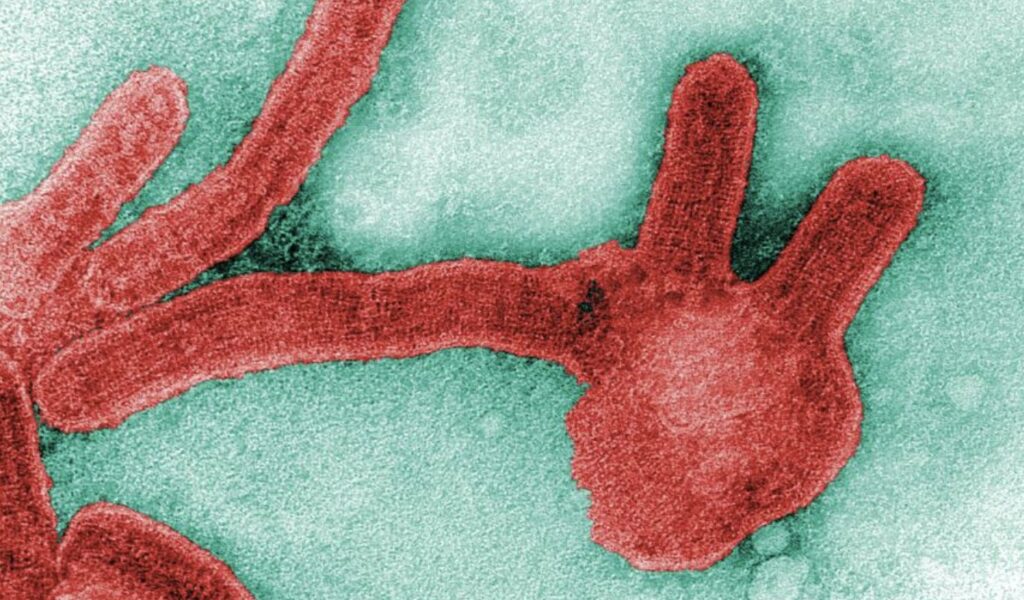
This blog post was reviewed and updated in January 2025.
Marburg virus belongs to the filovirus family, along with Ebola. It can cause Marburg virus disease, a haemorrhagic fever, which can damage blood vessels and cause bleeding, and its presentation can be hard to distinguish from Ebola virus disease.
It can cause people to become very poorly and while it has a high fatality rate, it does not spread easily. Outbreaks have occurred in various parts of Africa, including a 2024 outbreak in Rwanda. There is also an outbreak of Marburg in Tanzania.
Symptoms of Marburg virus and how it spreads
Symptoms of Marburg generally appear between 3 to 21 days after close exposure to an infected person.
Symptoms include:
- Severe headache
- Extreme weakness
- High fever
- Watery diarrhoea
- Abdominal pain
- Bleeding from different sites including under the skin
- Nausea and vomiting
The virus spreads through very close contact with the blood, bodily fluids or secretions from an infected person. This can be from direct contact or from a surface.
UK preparedness
UKHSA, the NHS and partner agencies (including devolved administrations) have well-tested capabilities to detect, contain and treat novel infectious diseases, and healthcare professionals are equipped and prepared to respond to any confirmed cases in the UK.
Advice for travellers
If you are planning to travel, stay informed by regularly visiting the Travel Health Pro website for up-to-date information on the areas affected and on precautions you can take to protect yourself and others.
If you become ill within 21 days of returning home from an affected area, call NHS 111 or contact your GP by phone. Although it is very unlikely you have Marburg virus disease, you should mention your dates and itinerary of travel and any potential exposure to the virus.
